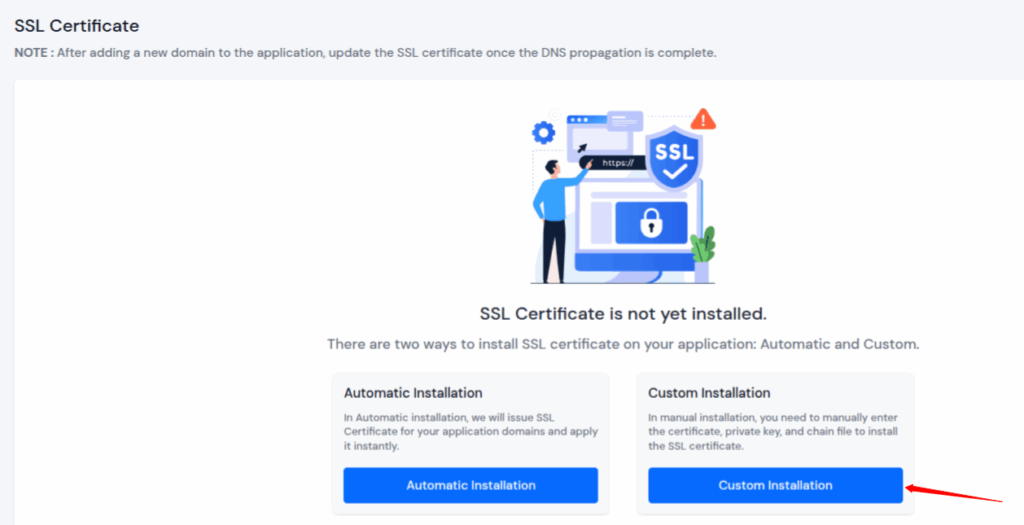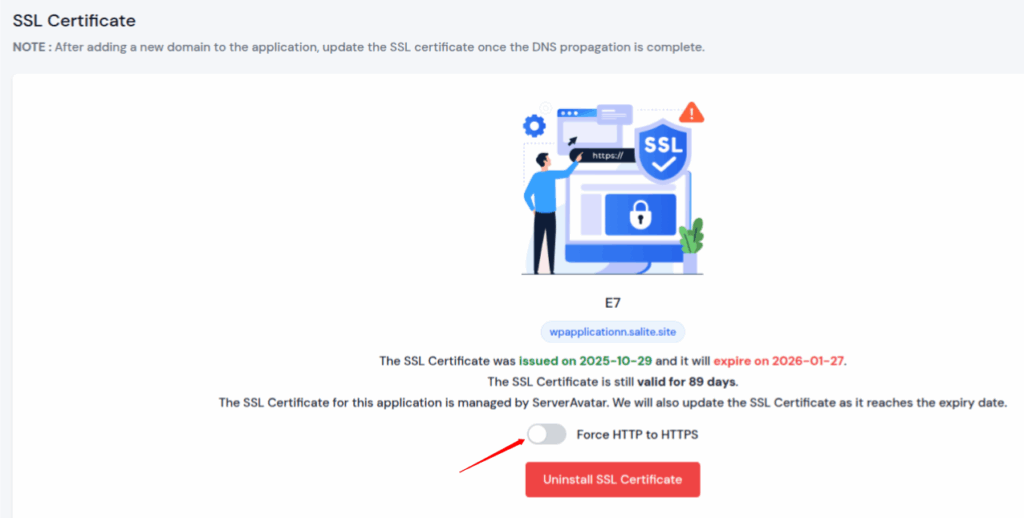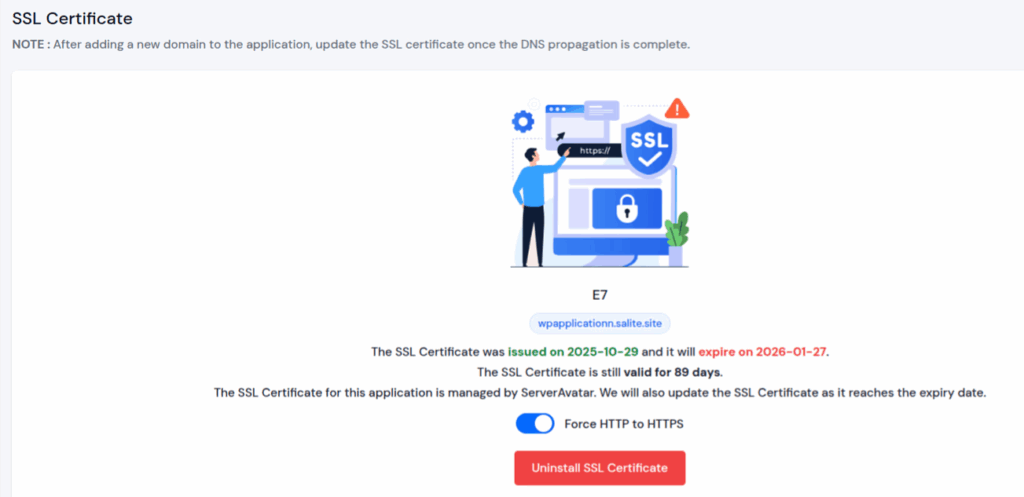
Nothing’s more frustrating than trying to access a website only to be hit with the dreaded “ERR SSL Protocol Error”. It’s like running into a locked door when you were expecting a warm welcome. Whether you’re a user or a website owner, this SSL-related issue can stop you in your tracks.
Don’t worry, you’re not alone. In this guide, we’ll walk you through 13 practical ways to fix the ERR_SSL_PROTOCOL_ERROR and get your secure connection back up and running in no time.
What Is ERR_SSL_PROTOCOL_ERROR?
The ERR_SSL_PROTOCOL_ERROR is a connection error that appears when a browser fails to establish a secure connection with a website. It usually means something went wrong with the SSL/TLS handshake, the process that ensures data transfer between your browser and the website is encrypted and secure.
When this happens, you might see messages like:
- “This site can’t provide a secure connection.”
- “ERR_SSL_PROTOCOL_ERROR”
- “Your connection is not private”

Why Does the ERR_SSL_PROTOCOL_ERROR Occur?
There isn’t just one cause, there are many. Some common culprits include:
- Incorrect system date or time
- Corrupted browser cache
- Misconfigured SSL certificate
- Outdated browser or operating system
- Firewall or antivirus interference
- Server misconfiguration
Think of it as a miscommunication between your browser and the website’s server during the SSL handshake.
How SSL Certificates Work (In Simple Terms)
SSL (Secure Sockets Layer) certificates create a secure channel between a web browser and a server. They encrypt data, ensuring that sensitive information like passwords and payment details remain private.
When something disrupts this encryption handshake, outdated certificates, wrong configurations, or expired TLS versions, browsers throw an SSL protocol error.
Common Signs of an SSL Protocol Error
Before you start troubleshooting, here are a few symptoms that indicate an SSL issue:
- The site refuses to load or shows a “Not Secure” warning
- The HTTPS padlock icon disappears
- You can’t access certain websites, even though others load fine
- The error appears only in the browser
Fix SSL Issues Effortlessly with ServerAvatar
ServerAvatar is a platform to simplify the hosting and management of servers and applications. It simplifies the process of deploying and managing PHP and Node.js based web applications on servers.

While many SSL-related problems require manual troubleshooting, ServerAvatar makes it significantly easier for website owners to install and auto-renew free SSL certificates, without dealing with server-level complexities.
With ServerAvatar, you don’t have to worry about misconfigurations, expired certificates, or missing intermediate chains that often cause the ERR_SSL_PROTOCOL_ERROR.
How ServerAvatar Helps You Avoid SSL Errors
Here’s how ServerAvatar simplifies SSL management for your websites:
- One-Click Free SSL Installation
Install free automatic SSL on any domain in seconds, no command-line or manual configuration required.

- Custom SSL Support
You can also bring your own SSL certificate to secure your domains effortlessly.

- Built-In HTTPS Redirection
Enable forced HTTPS with a single toggle to prevent mixed-content warnings and redirect errors.

- SSL Status Monitoring
Instantly view SSL installation status, expiry date, and status directly from the SSL dashboard.

- Automatic SSL Renewal
SSL certificates renew automatically before expiry, eliminating errors caused by expired certificates.
Why Choose ServerAvatar for SSL Management?
ServerAvatar removes the guesswork. Instead of spending hours debugging server configs, firewall settings, or certificate chains, ServerAvatar automates and configures everything for you, so your sites stay secure, stable, and always accessible over HTTPS.
- Simply, log in to your ServerAvatar account, and click on the Server Dashboard icon.

- Navigate to the ‘Applications’ section from the left-hand sidebar and click on the dashboard icon next to your application.

- Navigate to the ‘SSL Certificate’ section from the left-hand sidebar and click on the ‘Automatic Installation’ option.

- It’s that simple and a few clicks process to install an SSL Certificate with ServerAvatar.
Note: If you want to avoid SSL protocol issues altogether and ensure your SSL certificates are always valid and properly installed, ServerAvatar is the most efficient way to manage SSL on your servers.

Fix SSL Issues Manually
Solution 1: Check Your System Date and Time
It might sound too simple, but an incorrect system date or time is one of the most common reasons for SSL errors.
Why it matters:
SSL certificates have validity periods. If your system’s clock doesn’t match the actual date, your browser might think the certificate has expired.
How to fix it:
- On Ubuntu: Enable automatic time synchronization (NTP):
sudo timedatectl set-ntp true- On Windows: Go to Settings → Time & Language → Date & Time → Set time automatically
- On macOS: System Preferences → Date & Time → Set date and time automatically
Solution 2: Clear Browser Cache and Cookies
Old cache files and cookies can sometimes store outdated SSL data.
How to fix it:
- Open your browser’s settings
- Navigate to Privacy and Security → Clear Browsing Data
- Select Cookies and Cached Images/Files
- Restart your browser and revisit the site
Solution 3: Disable QUIC Protocol (Chrome Only)
The QUIC protocol can interfere with SSL connections in some cases.
Steps to disable QUIC:
- Open Chrome and type chrome://flags/ in the address bar
- Search for “Experimental QUIC Protocol”
- Set it to Disabled
- Relaunch Chrome
Solution 4: Clear SSL Cache
Browsers like Chrome and Firefox maintain their own local SSL caches, which can sometimes cause connection issues, including ERR_NETWORK_CHANGED or SSL-related errors.
To clear the SSL cache:
- Open Chrome, and in the address bar, type:
chrome://settings/clearBrowserData- Select Advanced → Check Cached images and files and Cookies, and other site data.
- Choose All time as the time range.
- Click Clear data.
- Restart Chrome.
Solution 5: Update Your Browser
Using an outdated browser can trigger SSL errors, especially if it doesn’t support the latest TLS versions.
How to fix it:
- Open your browser’s Help → About section
- Install any available updates
Solution 6: Check for Antivirus or Firewall Interference
Your antivirus might be scanning SSL connections and interfering with them.
How to fix it:
- Temporarily disable HTTPS scanning or SSL monitoring in your antivirus settings
- If the issue resolves, whitelist your browser or website
Solution 7: Disable Browser Extensions Temporarily
Some browser extensions, especially VPNs or proxy-related ones, can disrupt SSL handshakes.
Try this:
- Open your browser in Incognito Mode
- If the site works, disable extensions one by one to find the culprit
Solution 8: Update or Reinstall Your SSL Certificate
If you’re the site owner, an expired or misconfigured SSL certificate could be the cause.
To fix:
- Renew your SSL certificate
- Reinstall it correctly on your hosting server
- Ensure your intermediate certificates are also installed
Solution 9: Ensure HTTPS Is Properly Configured
Mixed content or incorrect HTTPS redirection can break SSL.
Check for:
- Mixed HTTP and HTTPS elements on your site
- Proper redirection from http:// to https://
- Updated “.htaccess” or “Nginx” configuration
Solution 10: Enable TLS Versions in Your Browser
Older browsers may have TLS 1.2 or TLS 1.3 disabled, which can prevent secure connections.
In Chrome:
- Go to Settings → Privacy and Security → Security → Advanced
- Ensure TLS 1.2 and TLS 1.3 are enabled
Solution 11: Check Server Configuration
If you’re managing the server:
- Make sure your web server supports the required SSL/TLS versions
- Verify SSL configuration in Nginx, Apache, or LiteSpeed
- Use tools like SSL Labs Test to analyze your site’s SSL setup
Solution 12: Flush DNS and Reset Network Settings
Sometimes, DNS caching conflicts with SSL certificates.
To fix (Ubuntu):
- Open Terminal and run the following commands:
sudo systemd-resolve --flush-caches- To confirm the cache is cleared:
sudo systemd-resolve --statistics- Restart the Network Manager service:
sudo systemctl restart NetworkManagerTo fix (Windows):
- Open Command Prompt as admin
- Run the following commands:
ipconfig /flushdns
netsh winsock reset
netsh int ip reset - Restart your computer
Solution 13: Contact Hosting or SSL Provider
If you’ve tried everything and still face the issue, it’s time to contact your hosting provider or SSL issuer.
They can verify whether your SSL chain is correctly installed and configured on the server.
FAQ
What does ERR_SSL_PROTOCOL_ERROR mean?
It means your browser can’t establish a secure HTTPS connection with the website due to SSL handshake failure.
Is ERR_SSL_PROTOCOL_ERROR dangerous?
No, it’s not dangerous in itself, but it prevents you from accessing the site securely.
Does this error always mean something is wrong with the website?
Not always. Sometimes the issue is on the user’s end, browser, OS, or antivirus settings. If the error appears on only one device or browser, it’s likely a local issue.
How does ServerAvatar help prevent SSL errors?
ServerAvatar provides one-click SSL installation, automatic renewal, HTTPS redirection, certificate status tracking, and support for custom SSL, ensuring everything is correctly configured so you never face SSL protocol issues again.
Do I need technical knowledge to install SSL using ServerAvatar?
Not at all. ServerAvatar simplifies the entire SSL setup into a few clicks, no Linux commands, no configurations, and no technical expertise required.
Conclusion
The ERR_SSL_PROTOCOL_ERROR can seem intimidating at first, but as you’ve seen, the solution often lies in simple fixes, from adjusting your system time to clearing cache, updating the browser, or reconfiguring your SSL certificate. While manual troubleshooting works, it can be time-consuming and technical, especially for non-developers.
If you want to avoid SSL issues altogether, ServerAvatar provides a hassle-free way to install, monitor, and auto-renewal of SSL certificates, without touching the command line. With built-in HTTPS redirection, automatic renewal, and one-click setup, ServerAvatar ensures your websites remain secure, trusted, and error-free.
A secure web experience shouldn’t be complicated, and with ServerAvatar, it doesn’t have to be.
